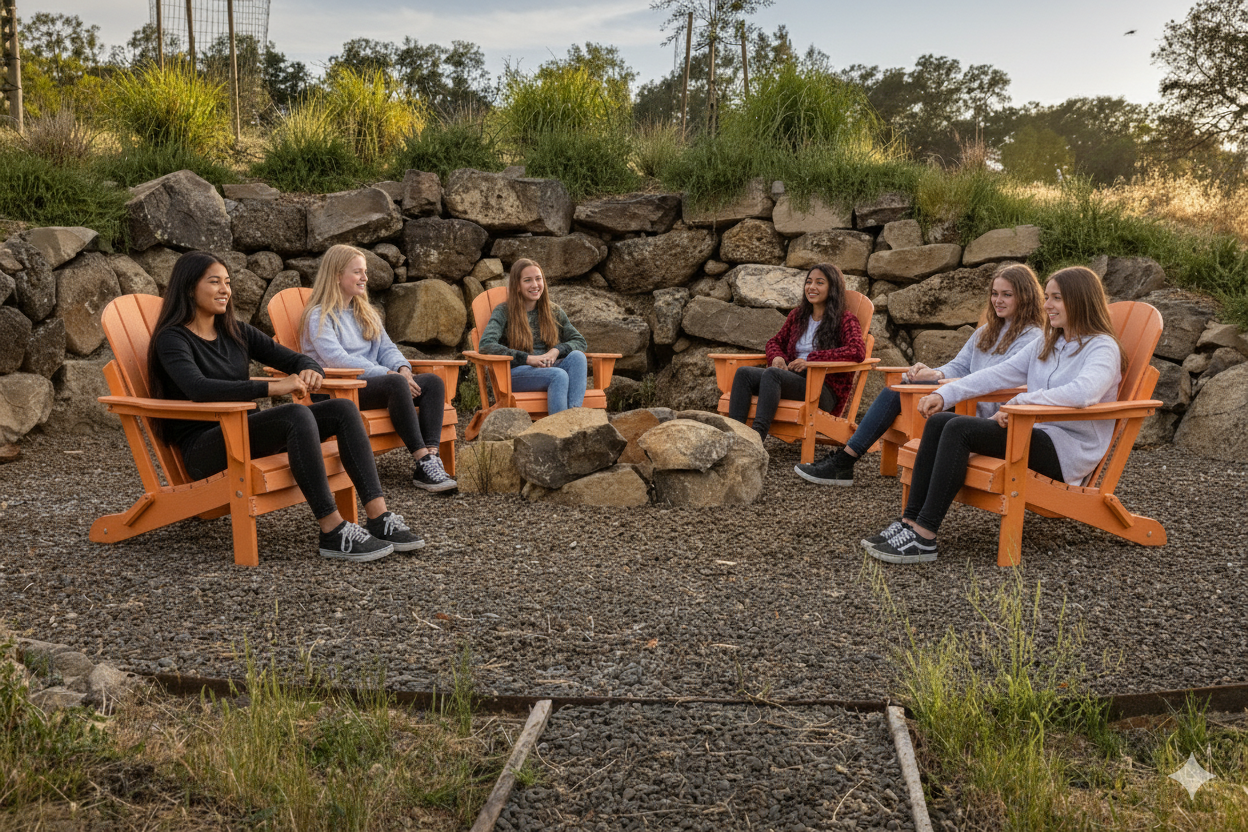Choosing a prescription drug rehab can be challenging for some families. Adolescent addiction treatment programs have been specifically designed to deliver big results to teens in need. Young adults who enter these programs with debilitating addictions to prescription drugs can emerge with the skills that can help them to stay sober in the years to come, no matter what might come their way, but there are things these teens must do in order to ensure that their programs are as helpful and effective as they can possibly be. These are just five tips teens can apply as they work toward prescription drug sobriety in a rehab program.
1. Stay Enrolled in Care.
Prescription drug rehab programs require teens to talk about feelings and events they may have hidden for years, and the process can be both scary and painful. At the same time, these teens might have deep cravings for drugs and an urge to take these medications again, no matter the cost. It can be tempting to just drop out of care altogether, and allow old habits to take hold once more. It can also be tempting for teens to drop out after just a few weeks of care, as they might believe they’ve learned all they’ll need to know about addiction.
In general, it’s best for teens to stay enrolled in their programs for several months, instead of dropping out early. The programs get easier in time, and the long treatment period can help teens to make lasting changes.
2. Take All Therapies Seriously.
Adolescent drug rehab programs sometimes include therapies teens find amusing or strange, including:
- Yoga
- Meditation
- Hiking
- Adventure-based programming
These treatments may seem unusual, but they can have a big impact. For example, a study of a therapeutic camping program in the Journal of Substance Abuse Treatment found that only 31 percent of addicted people relapsed, compared to 58 percent of people who didn’t get this therapy. Participating in all treatments with an open mind could allow people to experience amazing help they might not get if they sneer and smirk their way through care.
3. Participate in Aftercare.
Follow-up appointments and participation in support groups are considered a vital part of the healing process, as research suggests that those teens who perform steps like this do better and stay sober, when compared to teens who blow off their follow-up care. It can be tempting for teens to return to “normal life” as quickly as possible when they’ve completed their rehab programs, but these additional steps can ensure that all the lessons of recovery have time to take hold.
4. Be Honest in Therapy.
Most people with addictions to prescription drugs are accustomed to holding back facts, lying about their whereabouts and just staying silent on issues that are important to them. These steps can keep an addiction alive, but they can be devastating in therapy. The therapist needs to develop a full-spectrum understanding of the teen’s addiction and the teen’s willingness to get better. That can only happen when teens are open and honest in all of their therapy sessions, no matter how difficult that might be.
5. Include the Family.
Addictions can be difficult for the teen, but they can also cause changes in the family members who love and support that teen. Including the family in therapy sessions can allow the entire group to heal.
At Muir Wood, we include family members in therapy and we also provide intensive educational sessions on addiction to family members. We think it’s the best way to help the group come together to fight the addiction as a unified force. If you’d like to know more about this, please call us.









